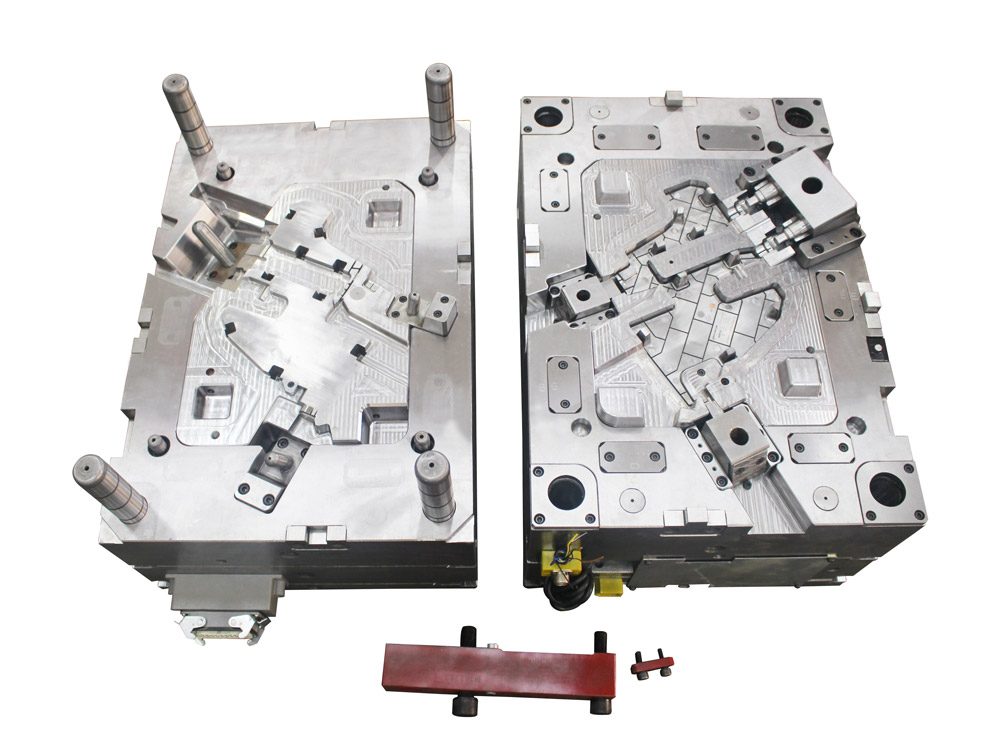Here you will receive in-depth data on how you can build plastic injection prototype molds. It's a tiresome process, especially if you are new to the plastic manufacturing field. Before you take your product to the market, there are many things to consider. You have to ensure the design is perfect. You also have achieved both looks and functionality of the product. Failure to achieve them means your product will be weak in the market.
You need to achieve quality control in the plastic manufacturing world. Ensure the product is perfect (top-notch). You will get this via plastic prototyping.
What are prototype injection molds?
Prototype mold fabrication via injection is essential in creating plastic prototypes for concepts or designs of any plastic product. The process is vital to ensure the design of your product meets the functionality and specifications to limit money loss if you get into full-scale manufacturing.
Plastic manufacturers build designs in computers via 3D animations or imagery software to create physical 3D models made from ABS plastic. You can do this using software prototyping molds or 3D printing services. Plastic prototypes might not be from actual materials for end-product design but allow manufacturers and clients to feel the product before mass production or injection molding. It's easy to make corrections and expose design flaws.
Plastic prototyping process
Create designs for plastic products
Having a design or concept is the first stage in production. Despite what you are manufacturing, create the concept and design first, which isn't different from plastic prototyping. As you make the design, consider functionality and feasibility and ensure you can do the concept. Failure of the design means a waste of electricity. You will have to recreate it from scratch.
Prototype injection is an essential step toward quality control since it monitors the creation to ensure that products are as expected.
Product engineering
The plastic design is ready and has excelled functionality standards. Production engineering sets in. you need important prototype plastic components to build the plastic product. You need to have the materials tapered for easy injection.
The component's walls should have the right thickness without shortcuts to limit steel halves from cracking or getting stuck on a single side of a steel tool.
3D printing or mold creation
Small and simple plastic products don't need an expensive and complex test mold. 3D printing is enough. It's a simple process that needs no explanation. The actual creation of molds is a critical process in plastic prototyping. At this stage, the design and concept are carefully engineered to give space for actual molds. The prototype injection involves plate use that pushes a single mold. They push water lines to allow cooling when the cavities get filled up with plastic materials.
Take advantage of injection molding machines
Once you create plastic products, place them in injection molding equipment to inject the plastic prototype materials. Inject the melted plastic into the molds and use a clamp to hold together the molds. After cooling, release the clamp pressure.
Conclusion
The prototype injection process follows the theory of actual production though actual production targets mass production. Plastic prototypes give time for adjustments and modifications of the product. They save money from substandard designs of your product.


